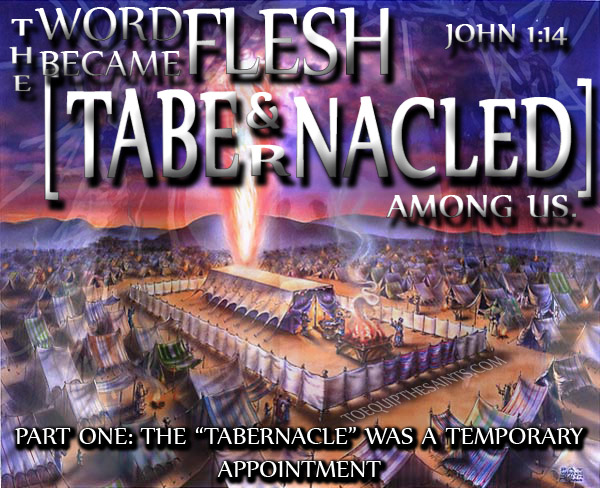I wanted to start this blog series for a little while now. I recently received a suggestion to buy the book Exposition of the Gospel of John by Arthur W. Pink.
It is a phrase by phrase and sometimes word by word explanation of every verse in the Gospel of John. It is definitely one of my desert island picks. So far it has been very beneficial and I haven’t gotten past chapter one of John! God has started to open my eyes to see Jesus all over the Old Testament and it has been amazing. So I figured I would share this knowledge because it has made me fall in love with God all over again, through the Old Testament. My hope for this blog series is to spark a passion in people to pray like the psalmist in Psalm 119:18, “Open my eyes, that I may behold wondrous things out of your law.” God I pray that you use me and this blog to do this very thing; open our eyes to see wondrous things from your Word! Amen.
In the Old Testament, there are people, places, things, and events that foreshadow things that will be fulfilled in the New Testament. These are referred to as types. Once God starts to point some of them out to you it is pretty amazing. This blog series is all about the connections between the tabernacle of Moses’ time period and Jesus Christ. This is the first post in a ten part series; then there will be one concluding blog post. In each post I will include A.W. Pink’s introductory paragraph to this section as well as the corresponding comparison that he makes.
John 1:14 “And the Word became flesh and dwelt (tabernacled) among us…”
“[Jesus] pitched His tent on earth for thirty-three years. There is here a latent reference to the tabernacle of Israel in the wilderness. That tabernacle had a typical significance: it foreshadowed God the Son incarnate. Almost everything about the tabernacle adumbrated the Word made flesh. Many and varied are the correspondences between the type (in this case the tabernacle) and the Anti-type (Jesus). We notice a few of the more conspicuous.
1. The “tabernacle” was a temporary appointment. In this it differed from the temple of Solomon, which was a permanent structure. The tabernacle was merely a tent, a temporary convenience, something that was suited to be moved about from place to place during the journeyings of the children of Israel. So it was when our blessed Lord tabernacled here among men. His stay was but a brief one – less than forty years; and, like the type, He abode not long in any one place, but was constantly on the move – unwearied in the activity of His love.”
What an awesome connection here! I recently just read through Exodus and Leviticus. I am in no way well-read when it comes to the old testament so if you aren’t either, we have some common ground. I am slowly making my way through. It is hard sometimes, but by the power and grace of God and with resources like this book and study bibles, I am starting to understand it. The tabernacle was used as a temporary way for God’s chosen people, Israel, to meet with Him while making their way through the wilderness to get to their promised land, Canaan. There were even certain clans that were entrusted with the task of moving the tabernacle when they needed to continue on their journey.

Here is a picture of the tabernacle thanks to the online ESV Study Bible
When Christ came in human form, being near Him was the meeting place between evil sinners and God. God the Son came near to us to bridge the chasm between us and God. We are in the same kind of wilderness now. We are awaiting our promised land; eternity with God in heaven. Jesus is our meeting place with God. I don’t want to continue to expound too much because it might flow into A.W. Pink’s next connection that he draws. So to end each post, I will leave you with some questions and encouragements to lead you into the next post. Here they are for this post:
- Read through Exodus 25:1-31:17 and 35:1-40:38. This will take some discipline, but think of Christ and how you can see Him while reading this.
- Read Numbers 33:1-56 and see how many times Israel picked up everything, including the tabernacle, and moved from one place to another. Now think about Jesus and how often you read about him suddenly leaving one place and going to another.
- Start to question, “What other ways does the tabernacle point to Jesus?” This one may seem obvious to you, but I promise some of these correlations will surprise you. They amazed me and challenged me to want to know the bible more.


